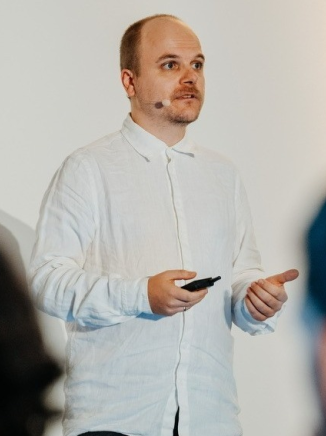
An Industry Perspective on the Path Forward in Quantum Optimization
The goal of industrial research and development in the area quantum optimization is to achieve quantum advantage, that is, ultimately, real world optimization application must benefit from quantum computing. Classically, such improvements are tested experimentally on relevant use cases with real world scenarios. However, the general understanding is that the current quantum hardware cannot solve such use case at all. Yet, this classically methodology is applied used in the field of quantum optimization as well, with the result that we did not get any closer to find a promising path to quantum advantage in the field of industrial relevant mathematical optimization in the last years. This was, for example, also acknowledge by the Federal Ministry of Education and Research of Germany, requesting applications for their recent funding to concentrate on provable quantum advantage. In this spirit, we propose that industrial research and development concentrates on provable exact quantum algorithms for optimization tasks. Examples of such algorithms are the Discrete Fourier Transform and Grover’s algorithm for unstructured search, or to a lesser extent, the DQI algorithm published by scientists from Google Quantum AI and major US universities. The major advantage of provable algorithms is that the quantum algorithm can be replaced by a classical computation, which is practically more efficient than the simulation of the quantum circuit. The result can then be used for further computations, making the approach benchmarkable against classical algorithms with respect to the solution quality. The runtime can be determined through hybrid benchmarking, as in ‘Realistic Runtime Analysis for Quantum Simplex Computation’ by Ammann et al. This approach gives us the opportunity to benchmark the developed algorithms and determine possible quantum advantage even without proper quantum hardware.
